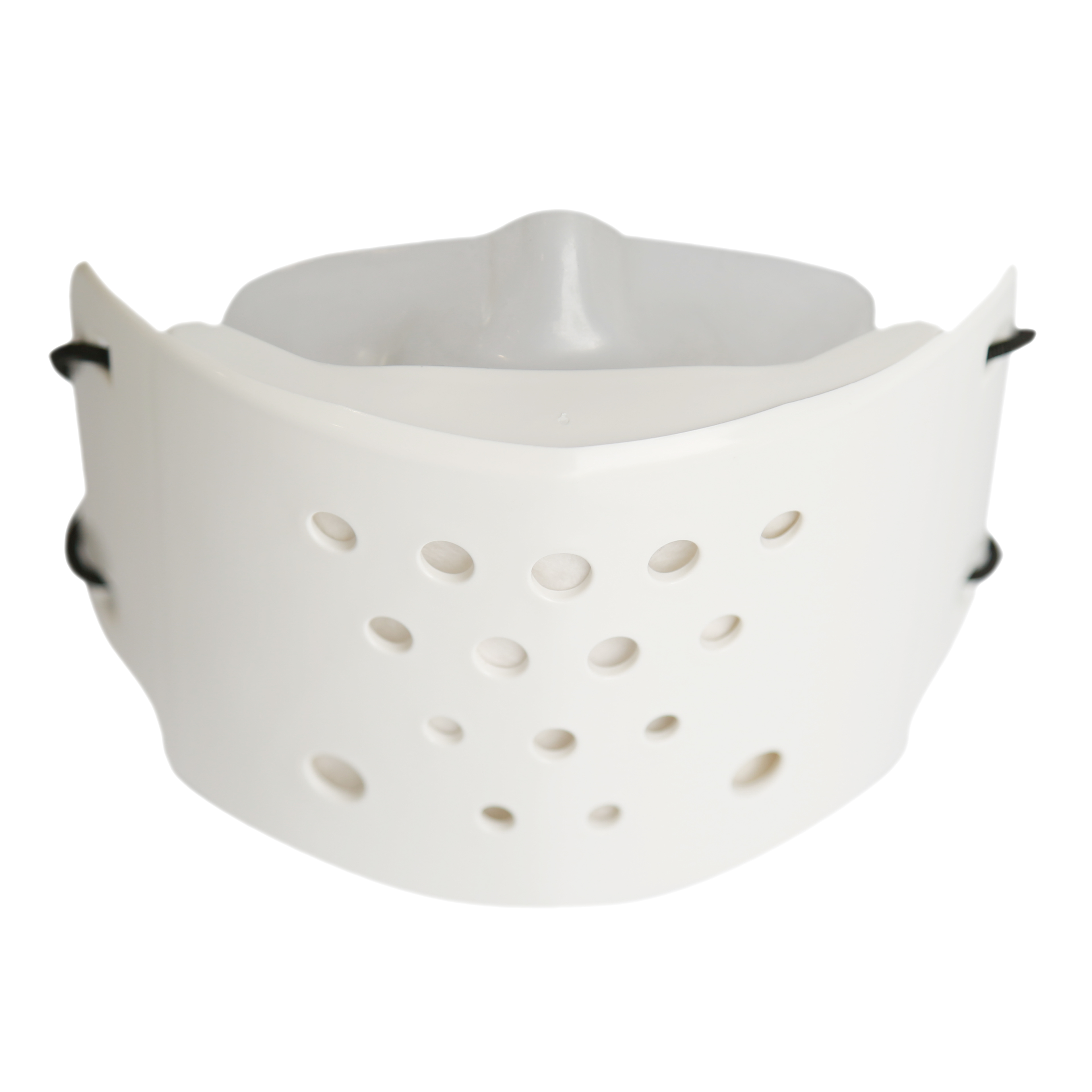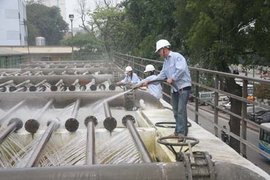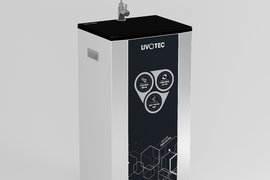Current situation of water source and solutions with reverse osmosis technology ro (reverse osmosis) in VIETNAM
Most domestic water for cities and towns is taken from rivers and streams. With the current rate of industrial development and urbanization, the threat to the quality of water supply for factories is also increasing.
According to the data reported by the authorities, BOD5 concentration on rivers and lakes taking water into water plants is usually at 3.0 - 6.5mg / l. It is expected that in about five years, this figure is likely to reach 11.5 - 13.8mg / l, exceeding the standard of class A water supply by 2.9 to 3.4 times. Similarly, microbial content, nutrients from domestic waste sources will increase 2-3 times compared to the present.
According to the Ministry of Health, nearly half of 26 infectious diseases are related to water, personal hygiene and sanitation, especially intestinal diseases. Of which up to 80% of diseases related to water resources and 25,000 deaths each year.
A UNICEF survey initially revealed that about 10 million people in Vietnam are at risk of being infected by using arsenic-contaminated water and arsenic pollution in the North. Arsenic poisoning will cause a number of diseases in the body, which can lead to cancer. According to research results, arsenic poisoning disease so far has no effective treatment regimen.
According to the World Health Organization's assessment, 80% of the world's intestinal diseases come from unsafe water. But in Vietnam, there are still more than 2.73 million households (accounting for 14.8%), in which many people are using unhygienic water for living needs, leading to the incidence of diseases spread by Very high water. In most residential areas, people have to take care of their own water, they use all kinds of water from surface water to groundwater. One concern is that these water sources are now highly polluted, especially in the Red River Delta and the Mekong River Delta.
The rapid development of industrial parks, factories and enterprises leads to a rapid increase of emissions from factories. When it rains, toxic wastes follow rainwater falling into people's tanks. People who directly use this water source are very susceptible to disease.
As for groundwater sources, the amount of groundwater is now increasingly polluted due to the amount of waste and wastewater in daily life, especially the industrial wastewater from factories and enterprises is increasing. In residential areas, next to traditional villages such as incense making, dyeing, waste collection, copper casting, tanning ... underground water sources are even more heavily polluted. For coastal areas, scarce freshwater resources, surface water and groundwater are not healthy
In low mountainous areas (altitudes of 300-600m above sea level), natural water sources are affected by deforestation. In the dry season, reservoirs run out of water, and wells are shallow. This is the most difficult area for drinking water. High mountainous areas (altitudes from 600m upwards), mainly ethnic minorities live. The residential areas here still have backward customs and practices. Filtering industrial water The source of their water is mainly based on natural underground water flowing from the ravines.
The problem here is that most of the water from rivers and canals is only treated through speakers before being used. Failure to ensure food safety and hygiene
RO reverse osmosis technology - The advanced solution in the world to help treat water sources.
In 1950 in the United States, the American ORIRAJIN scientist invented the RO filtration system (REVERSE OSMOSIS) to serve medicine and recycle waste water into direct drinking water suitable for all families.
R / O filtration system is a water treatment system based on reverse osmosis principle, capable of completely removing harmful substances for the body such as plant protection drugs, bleach, radioactive substances, germs and other toxins ... Water through the RO system becomes pure, drink directly without heating, water through RO technology meets the standard of 1329/2009 of the Ministry of Health (this is the standard of direct drinking water)
Impurity removal performance of RO membrane: With a special structure, RO membrane (reverse osmosis) effectively removes almost anything that is not water, so it is also called "Kidney out. body ”with the ability to remove the following impurities:

Freshwater sources can also be filtered from industrial water extracted from seawater by treating salt in seawater using RO technology, when salt in seawater is separated, seawater can be used as tap water and Purified water, many parts of the world have low freshwater reserves have also treated seawater for typical drinking water such as Arab countries, Singapore, Japan ....







